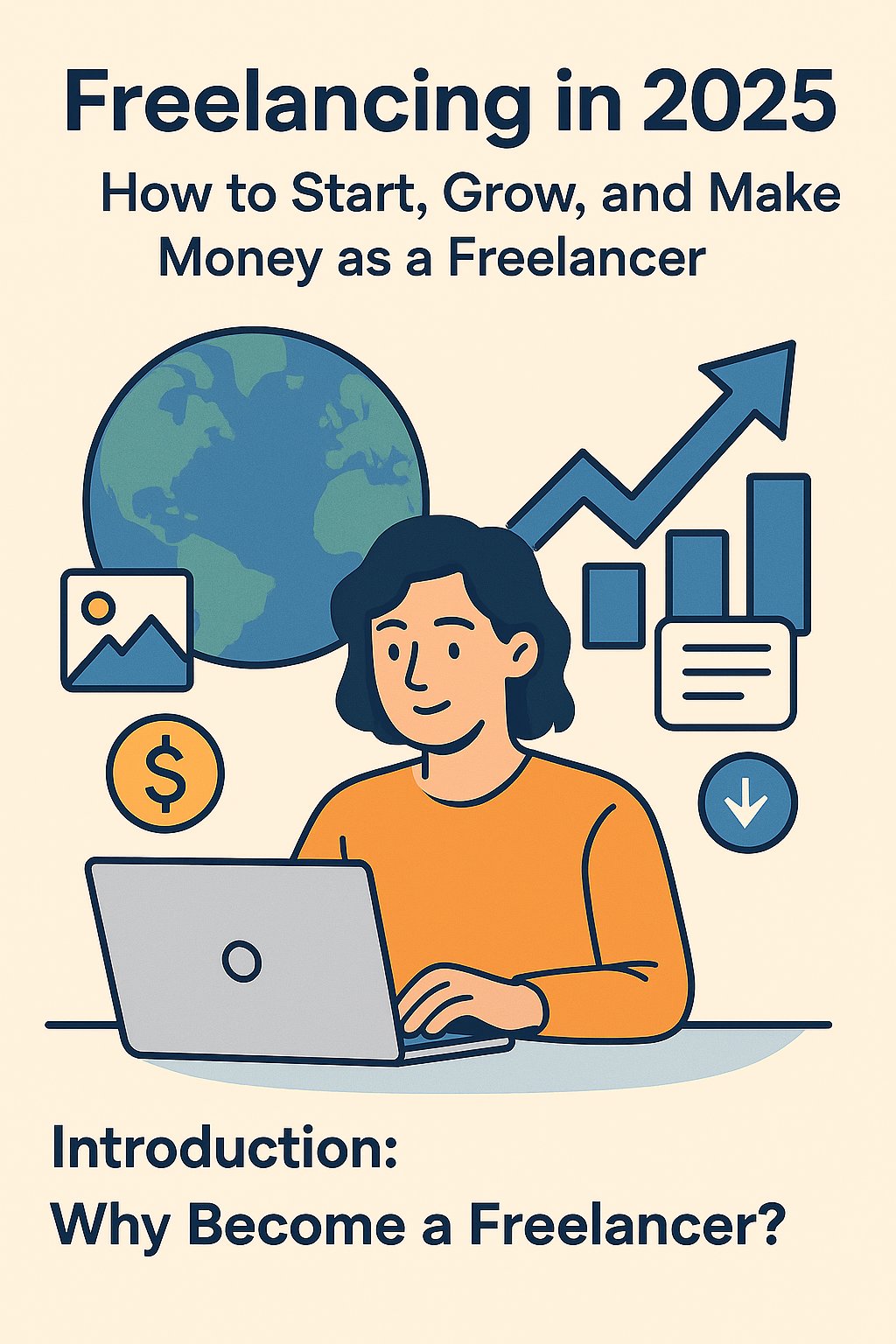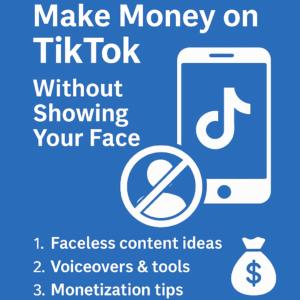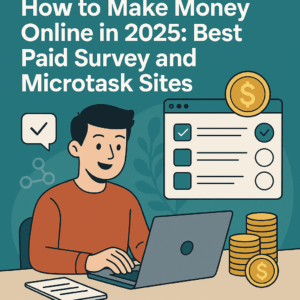How to Become a Successful Freelancer in 2025: Complete Step-by-Step Guide
🌍 Freelancing in 2025: How to Start, Grow, and Make Money as a Freelancer
Introduction: Why Become a Freelancer?
As the digital economy continues to evolve, so does the nature of work. Millions of people around the world are now earning income independently, using only their skills and an internet connection. Freelancing is no longer just a side gig — it’s a full-fledged career path and a lifestyle choice.
Whether you’re a student, a professional looking for more freedom, or someone transitioning from corporate life, freelancing offers flexibility, autonomy, and unlimited income potential. But how do you get started? How do you move from beginner to professional? And how do you turn freelance work into real money? Let’s dive into this complete 2025 guide.
1. What Is a Freelancer and What Do They Do?
A freelancer is a self-employed professional who works on a project basis without long-term commitments to a single employer. Freelancers typically work remotely and operate in a wide variety of industries, including:
- Software & web development
- Graphic design & UI/UX design
- Content writing & copywriting
- SEO and digital marketing
- Video editing & animation
- Translation & localization
- Virtual assistance
- Data analysis & AI-related tasks
Platforms like Upwork, Fiverr, and Toptal connect freelancers to clients worldwide, making it easier than ever to work from anywhere.
2. First Steps to Becoming a Freelancer
2.1. Identify Your Skillset
To be successful as a freelancer, you need to specialize in something. This allows you to stand out and attract the right clients.
👉 Examples:
- Developer? → “Freelance Python Developer”
- Designer? → “UI/UX and Logo Design”
- Writer? → “SEO Content Writer for Tech Blogs”
2.2. Build Your Portfolio
Your portfolio is your online resume — and your most powerful asset.
✅ Share your work on platforms like Behance, Dribbble, GitHub.
✅ Create a personal website (e.g., yourname.com) to showcase projects.
✅ If you’re a writer, publish samples on Medium or LinkedIn.
2.3. Join Freelancing Platforms
Here are some of the best platforms for beginners:
- Upwork – Ideal for long-term professional projects
- Fiverr – Sell your service in packages (e.g., “Logo Design – $50”)
- Toptal – For highly skilled professionals (application required)
- Freelancer.com – Classic project-based freelance site
- PeoplePerHour, Guru, 99designs – Great alternatives
💡 Tip: Start with 1–2 platforms and master them before expanding.
3. Landing Your First Client
3.1. Optimize Your Freelancer Profile
- Title: “Experienced SEO Writer | Tech & Finance Content”
- Bio: Highlight your expertise, the value you bring, and problems you solve.
- Keywords: Include relevant terms (e.g., SEO, content creation, blog writing).
3.2. Price Strategically
Start with competitive rates to build credibility. As you gain experience, increase your pricing.
Example path:
- First 3 jobs: $50 → to earn reviews and experience
- Next 10 jobs: $100 → to build a portfolio and client base
- Then: $250+ → once positioned as an expert
3.3. Build Trust & Relationships
- Respond to inquiries quickly
- Clarify project requirements
- Deliver on time
- Be open to revisions
- Ask for feedback and testimonials
4. Going Pro: Becoming a Full-Time Freelancer
4.1. Build Your Personal Brand
- Launch a professional website with your portfolio, services, testimonials
- Share your knowledge on LinkedIn and Medium
- Be active on social platforms (Twitter, Instagram, YouTube)
4.2. Specialize in a Niche
The more specific your service, the higher you can charge.
🔍 Examples:
- “Fintech Content Writer”
- “Shopify Theme Developer”
- “UI Designer for AI SaaS Startups”
4.3. Create Passive Income Streams
- Teach online (Udemy, Skillshare, Gumroad)
- Sell digital products (Notion templates, eBooks, design kits)
- Start a blog and monetize with ads or affiliate marketing
5. Turning Freelance Work Into Real Income
5.1. Set Up Global Payment Systems
To get paid globally, use trusted platforms such as:
- PayPal
- Payoneer
- Wise (formerly TransferWise)
- Skrill
Many freelance platforms use built-in escrow systems (like Upwork’s).
5.2. Understand Legal and Tax Obligations
Freelancing is a business — treat it like one.
- Register your freelance work according to your country’s laws
- Track income & expenses
- Invoice properly
- Set aside funds for taxes
5.3. Financial Planning
- Use budgeting tools (Notion, Google Sheets)
- Create an emergency fund
- Reinvest part of your income in tools, courses, or marketing
6. Sustaining Long-Term Success as a Freelancer
🔁 Never Stop Learning
Stay relevant by continuously upgrading your skills:
- Platforms: Coursera, Udemy, edX, YouTube, HubSpot
- Follow industry trends and thought leaders
- Learn tools related to your niche (e.g., Figma, Notion, ChatGPT)
🌐 Network, Network, Network
- Engage in online communities: Reddit (r/freelance), IndieHackers
- Attend virtual events, webinars
- Collaborate with other freelancers
- Use LinkedIn to connect with potential clients
📈 Scale Your Business
Over time, you can move from solo freelancer to agency owner:
- Hire subcontractors
- Build a small remote team
- Offer bundled services
Conclusion: Freelancing Is Freedom With Responsibility
Being a freelancer offers freedom, flexibility, and fulfillment — but it also demands discipline, planning, and communication skills. If you treat freelancing like a real business, it can become a long-term, scalable, and financially rewarding career.
In 2025, freelancing isn’t a fallback — it’s a future-proof career path.





Post Comment